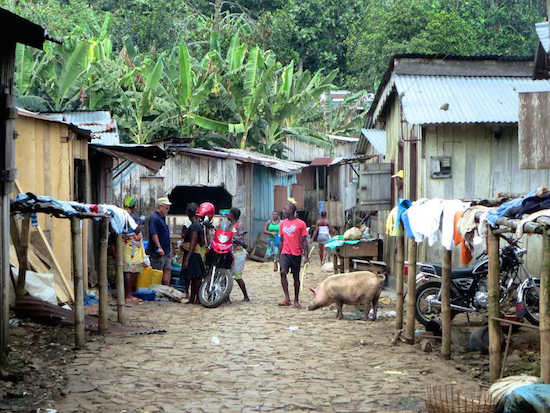
This blog post was written by Will Burnfield of Great Village International Consultants, with inputs from Dhanaraj Thakur, A4AI Research Manager.
Public-Private Partnership (PPP) investments that combine public and private funding have been used extensively over the past decade to finance the development of telecommunications infrastructure throughout the world. In developing economies, successful PPPs depend on the willingness of private investors to share investment risks with governments. These investments are used to build out infrastructure, like submarine cables, terrestrial fibre networks, and data centres. This infrastructure can then be made available on an open access basis to other licensed service providers, resulting in reduced costs for service providers — which can then be passed on to consumers.
What does this investment strategy look like in practice and how can it be implemented effectively? In a new short paper, we look at the experience of São Tomé & Principe — a small island nation in Africa that successfully used PPPs to expand telecommunications infrastructure and reduce costs.
Until early 2013, São Tomé & Principe relied on satellite technologies for international connectivity, resulting in very expensive and low-quality communications outside the country. This poor connectivity limited the country’s opportunities for improved business development, employment, trade, and tourism, and hindered competitiveness on the global market. This was particularly relevant given that many other neighboring countries were already connected to fibre optic submarine cables that provided high-quality international connectivity at far lower costs.
Looking to improve connectivity in the country, the Government of São Tomé & Principe and the incumbent local telecommunications service provider partnered to create a new limited company to invest in the Africa Coast to Europe (ACE) submarine fibre optic cable, bringing high speed connectivity it to São Tomé & Principe. In 2014, after the successful launch of ACE cable service, the government awarded licenses to a new service provider — providing competition and encouraging further substantial price reductions across a range of services in the country, as well as increased investment by the private sector to expand infrastructure.
The experience in São Tomé & Principe highlights the potential of PPPs to absorb early risks in major infrastructure investments, and illustrates the potential power of government-initiated investment in broadband infrastructure. By examining São Tomé & Principe’s approach — and the benefits and challenges of this approach — we provide policy-makers and other stakeholders in developing countries with an actual experience of implementing PPPs and maintaining open access to critical infrastructure.
Read our short study on PPPs in São Tomé & Principe, Public-Private Partnerships in São Tomé & Principe: Improving Connectivity, Fostering Competition & Reducing Prices.
Photo: Angolares Market (Flickr user David Stanley, CC BY 2.0)
Comments are closed.
